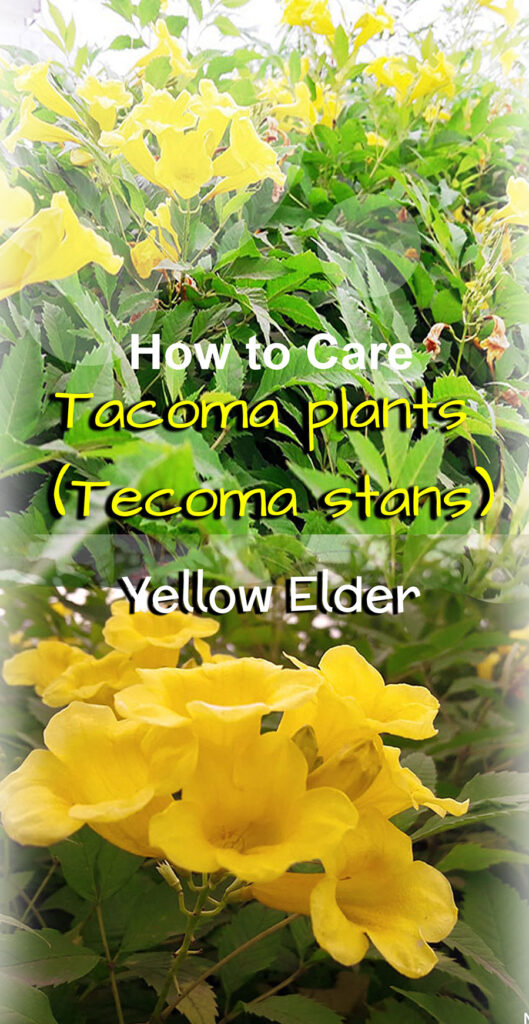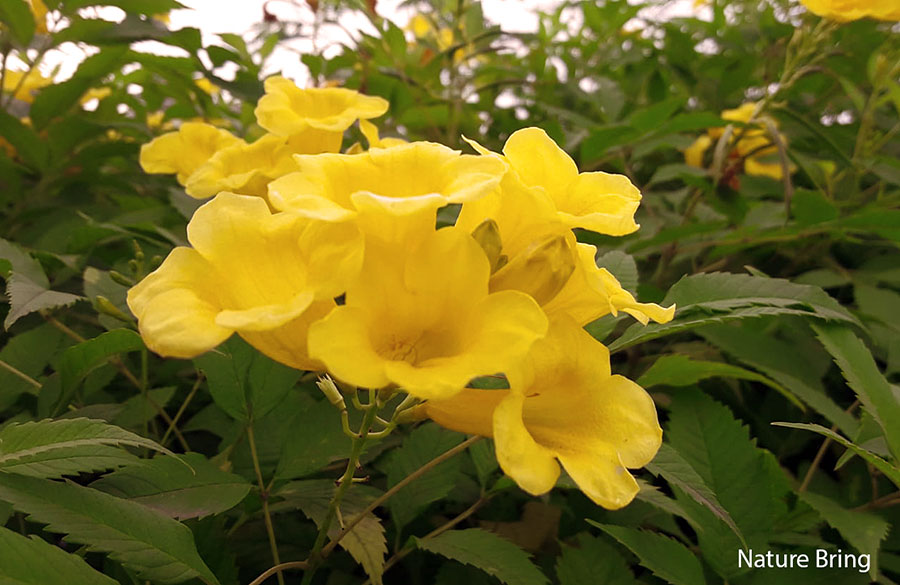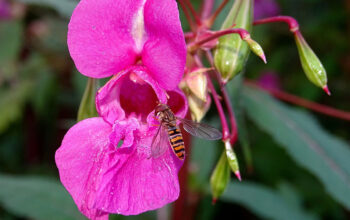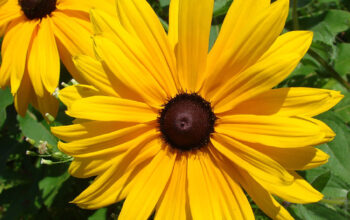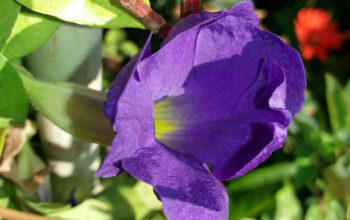Tacoma plants (Tecoma stans)
Tacoma plants(Tecoma stans), also known as Yellow Elder or Desert Willow, are hardy, drought-tolerant shrubs or small trees native to the southwestern United States and parts of Mexico. Here we explain how to grow and care for Tacoma plants :
Overview Tecoma stans
Scientific name: Tecoma stans
Common name: Yellow Bells, yellow trumpet shrubs, Trumpet Flower, and Yellow Elder
plant type: Shrub plant
Sun requires: Full Sun
Soil: Well-drained, sandy or loamy soil.
Soil pH 6.0 and 7.5
Blooming time: Late spring to fall
Hardiness Zone: 9-11
Choosing the Right Location:
Sunlight: These plants grow well in full sunlight, so choose a location that receives at least 7-8 hours of direct sunlight daily.
Soil: They prefer well-draining, sandy or loamy soil. Avoid heavy clay soils that may hold too much moisture.
Space: If you’re planting it as a shrub or small tree, ensure it has enough space to spread out. Some of its varieties are such that they can grow up to 15 feet tall and wide.
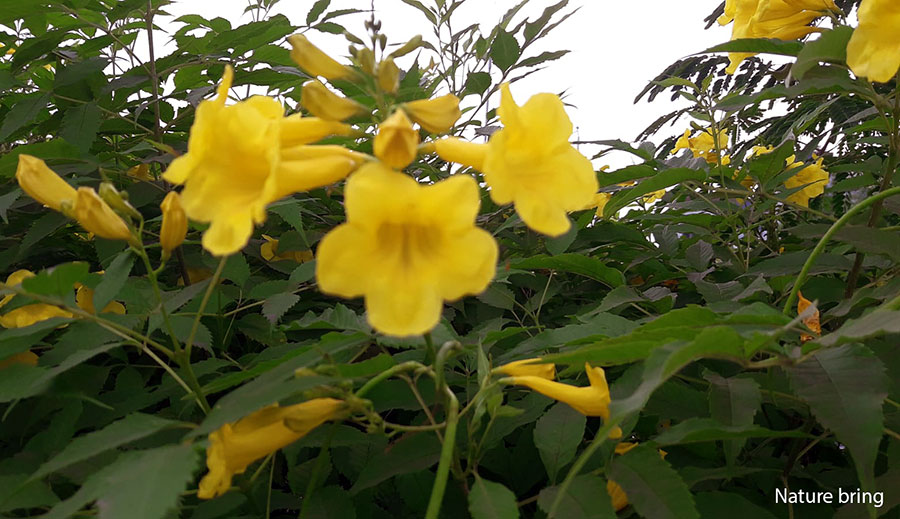
Planting :
Time: Spring or early fall is the best time to plant Tacoma, as it gives the plant a chance to establish its roots before the heat of summer or the cold of winter.
Planting Hole: Dig a hole about twice the size of the root ball, no deeper. Place the plant in the hole and fill with a mixture of native soil and compost for added nutrients.
Watering:
Establishment Period: Water the plant regularly during the first few months to help establish roots. After this period, the plant becomes drought-tolerant.
Ongoing Care: Water sparingly once the plant is established, as they do not like overly wet roots. Permit the soil to dry between watering sessions.
Fertilization:
Tacoma plants require minimal fertilization, so applying a balanced, slow-release fertilizer in spring can promote healthy growth, but be cautious not to over-fertilize to prevent excessive foliage and reduced flowering.
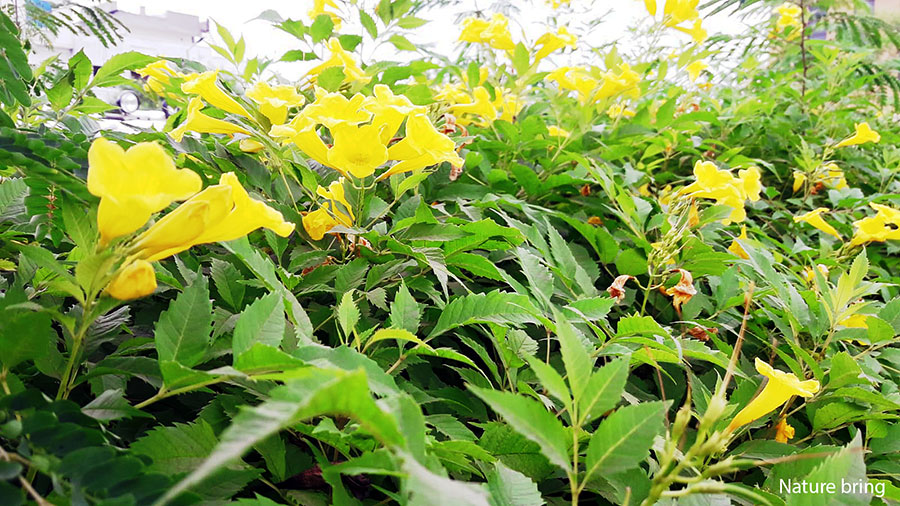
Pruning:
When to Prune: Prune in late winter or early spring before new growth starts.
How to Prune: Remove any dead or damaged wood, and trim back any excessive growth to maintain a desirable shape. Maintain a compact shape if growing as a shrub.
Pests and Diseases:
Tacoma plants are generally pest-resistant. However, keep an eye out for common garden pests like aphids or caterpillars. Use insecticidal soap or neem oil for pest treatment. They are susceptible to root rot if overwatered, so ensure proper drainage.
Winter Care:
Cold Tolerance: Tacoma is fairly cold-hardy (down to about 20°F/-6°C), but in areas with severe winters, protect young plants by mulching around the base or covering them with frost cloth during extreme cold spells.
Propagation:
You can propagate Tacoma by taking softwood cuttings in late spring or early summer. Dip the cuttings in rooting hormone and plant them in a well-draining potting mix.
By following these care tips, you can enjoy your Tacoma plant’s vibrant, trumpet-shaped flowers, which often bloom in late spring to summer, attracting hummingbirds and other pollinators. See our other climber plants for detailed information.
Read also:
How to Grow and Care for Bleeding Hearts, Growing Golden Trumpet Vine in Your Garden. How to Grow and Care for Balsam Flower (Garden Balsam), and Growing Clematis Plant in a Container.
For pin:
